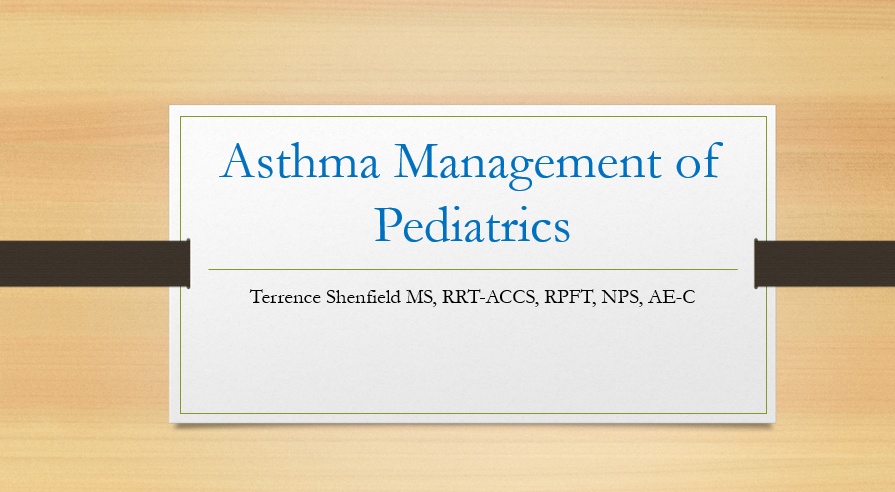
Asthma Management of Pediatrics
Asthma Overview
Asthma affects more than 25 million Americans1. It is a chronic disease that causes your airways to become inflamed, making it hard to breathe. There is no cure for asthma. The best way to manage asthma is to avoid triggers, take medications to prevent symptoms, and prepare to treat asthma episodes if they occur.
What Are the Symptoms of Asthma?
Common symptoms are coughing, shortness of breath, wheezing, and chest tightness. Asthma may lead to a medical emergency. It is important to know the signs of a severe asthma episode (or asthma attack).
A doctor may use a few different ways of testing for asthma. These include:
- Taking a detailed medical history
- A physical exam
- Lung function tests
- Chest or sinus X-ray
The doctor will look at the results from these tests. They will then decide what type of asthma you have. They will develop a treatment plan based on the type and severity of your symptoms.
What Is the Treatment for Asthma?
People with asthma usually see a doctor that specializes in allergies or the immune system. You and your doctor will come up with a plan to treat your asthma. It often involves a blend of medication and avoiding triggers.
Asthma symptoms can appear when you are exposed to a trigger. A trigger is something you are sensitive to that makes your airways become inflamed. This causes swelling, mucous production and narrowing in your airways. Common asthma triggers are pollen, chemicals, extreme weather changes, smoke, dust mites, stress and exercise.
How Can I Prevent an Asthma Episode?
The best way to prevent an asthma episode, or attack, is to follow your treatment plan. Learn your triggers and avoid them. Take your allergy and asthma medicines when you should. Use your quick-acting medicine as soon as you start to notice symptoms.
Many people live normal lives with asthma if it’s properly managed. With a good treatment plan and guidance from your doctor, you can still do much of what you enjoy. For example, many professional athletes have asthma.
More Americans than ever before have asthma — about 25 million people in the U.S. have asthma1. It is one of the most common and costly diseases.
Curriculum
- 31 Sections
- 32 Lessons
- 1 Hour
- e1
- Etiology1
- Objectives1
- Overview1
- Inflammation1
- DIAGNOSING ASTHMA IN CHILDREN1
- Asthma Predictive Index(API)1
- Cough or Asthma1
- All that wheezes may not be asthma1
- Making the Diagnosis of Asthma1
- Making the Diagnosis of Asthma Continued2
- What are our roles as caregivers1
- The National Asthma Education and Prevention Program1
- Asthma exacerbations and severity1
- Asthma classification1
- Treatment1
- Quick Guide to Assessing Severity1
- Assess Asthma Control1
- ASSESSING WELL CONTROLLED ASTHMA1
- Why Asthma may not be controlled1
- Asthma Control Test™ (ACT)1
- ASTHMA TREATMENT: Stepwise Approach1
- ASTHMA TREATMENT STEP 21
- ASTHMA TREATMENT STEP 31
- Peak flows1
- Diagnosis of Exercise-Induced Bronchospasm1
- EIA Therapy1
- Diagnosis of EIB1
- Triggers1
- Summary1
- References1










